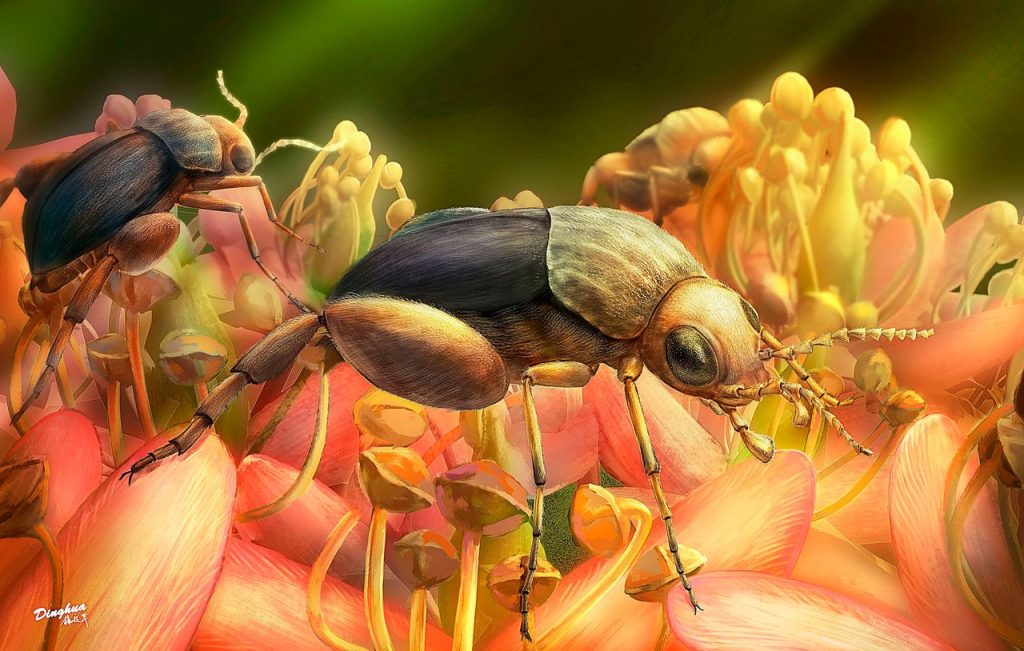
Pollination of Cretaceous flowers (PNAS)
Plant Science Research WeeklyLike something from Jurassic Park, a tiny insect embedded in amber has provided new insights into life millions of years ago. But in this case, the 99 million year old insect shows us that, as Darwin surmised, insects really were important contributors to angiosperm pollination from their origins. In…
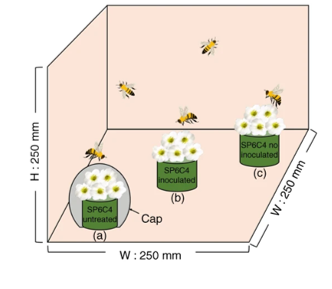
A mutualistic interaction between Streptomyces bacteria, strawberry plants and pollinating bees (Nature Comms)
Plant Science Research WeeklySome species of Streptomyces bacteria produce antimicrobial compounds that have been shown to enhance plant resistance to pathogens. Kim et al. show that his protection can extend to a pollinator. The Streptomyces defends the plant against Botrytis cinerea and protects the bees against insect pathogens…
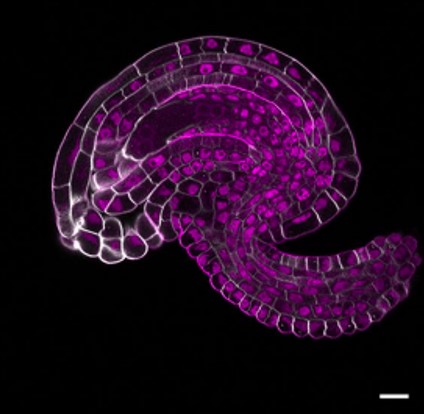
Protocol for rapid clearing and staining of fixed Arabidopsis ovules for improved imaging by confocal laser scanning microscopy (Plant Methods)
Plant Science Research WeeklyThis is a very interesting paper that provide a new, fast and easy protocol, with specific step-by-step instructions, for a trustworthy imaging with cellular resolution of fixed Arabidopsis ovules at different developmental stages. The authors combine two previously outlined techniques: clearing of fixed…
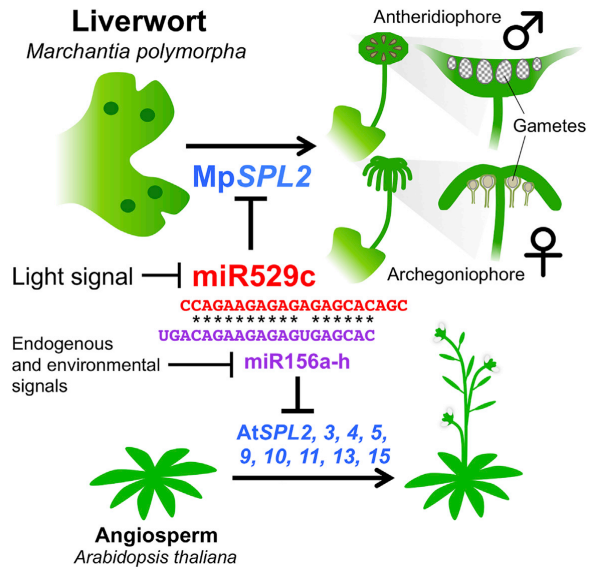
Early origin of miRNA-SPL module in reproductive development revealed by liverwort (Curr. Biol)
Plant Science Research WeeklyIn Arabidopsis and other angiosperms, transition to flowering is controlled by a regulatory module that includes transcription factors from the SPL family and a miRNA miR156 targeting them. Marchantia and bryophytes do not make flowers, but there is an equivalent module that includes miR529c and a single…
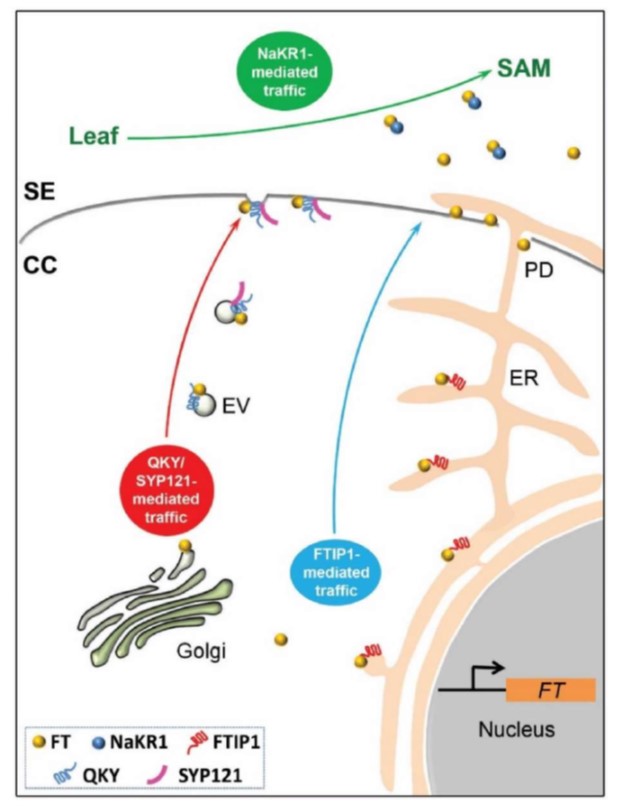
The QKY-SYP121 complex controls long-distance florigen movement ($) (Plant Cell)
Plant Science Research WeeklyIn Arabidopsis thaliana, changes in day-length (photoperiod) activate the expression and transport of phloem-mobile florigen (FT, FLOWERING LOCUS T) to the shoot apical meristem to trigger the transition to flowering. While the role of FT as a long-distance signal is well-established, the underlying…

Arabidopsis endosperm response to paternal genome dosage is regulated by small RNA pathway (Plant Cell)
Plant Science Research WeeklyThe endosperm, a tissue that transfers nutrients from maternal tissue to the embryo, is normally triploid, with two copies of the maternal genome and one of the paternal genome. Excess paternal genomes usually leads to endosperm abnormalities and seed abortion. Previous studies have shown that the RNA…
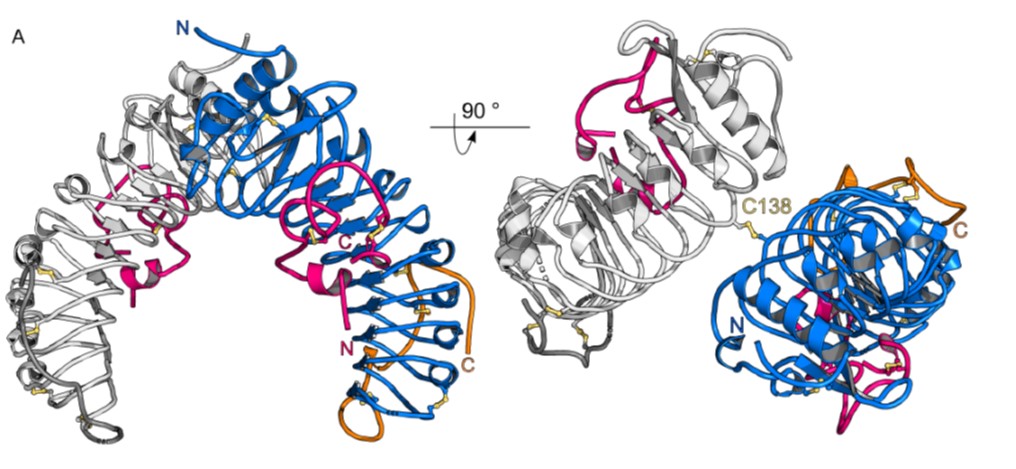
Structural basis for recognition of RALF peptides by LRX proteins during pollen tube growth (bioRxiv)
Plant Science Research WeeklyRALFs (Rapid Alkalinization Factors, based on historical observations that they induce alkalization of the extracellular space) are signaling peptides with diverse roles. RALF4 is required for pollen tube growth and guidance through its interactions with CrRLK1Ls and leucine-rich extension (LRX) proteins.…

GmFT2a and GmFT5a collectively controls flowering of soybean (Plant Biotech. J)
Plant Science Research WeeklySoybean [Glycine max (L.) Merr.] is a globally important high-protein crop, whose breeding is an ongoing, important objective for plant biologists. Since soybean is a short-day plant, controlling flowering time is a key step to influence its adaptation to diverse latitudes and farming system. Recently,…
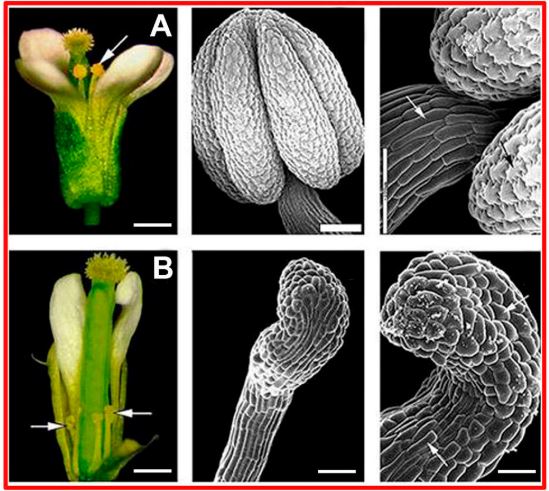
Review: Engineered male sterility by early anther ablation (Frontiers Plant Sci)
Plant Science Research WeeklyMale sterility in seed production could be used to increase crop yields, eliminate pollen allergies or avoid gene flow between genetically modified plants and other species. Here, Roque et al. developed a system to produce engineered nuclear male sterile plants using the pea Pisum sativum ENDOTHECIUM…

